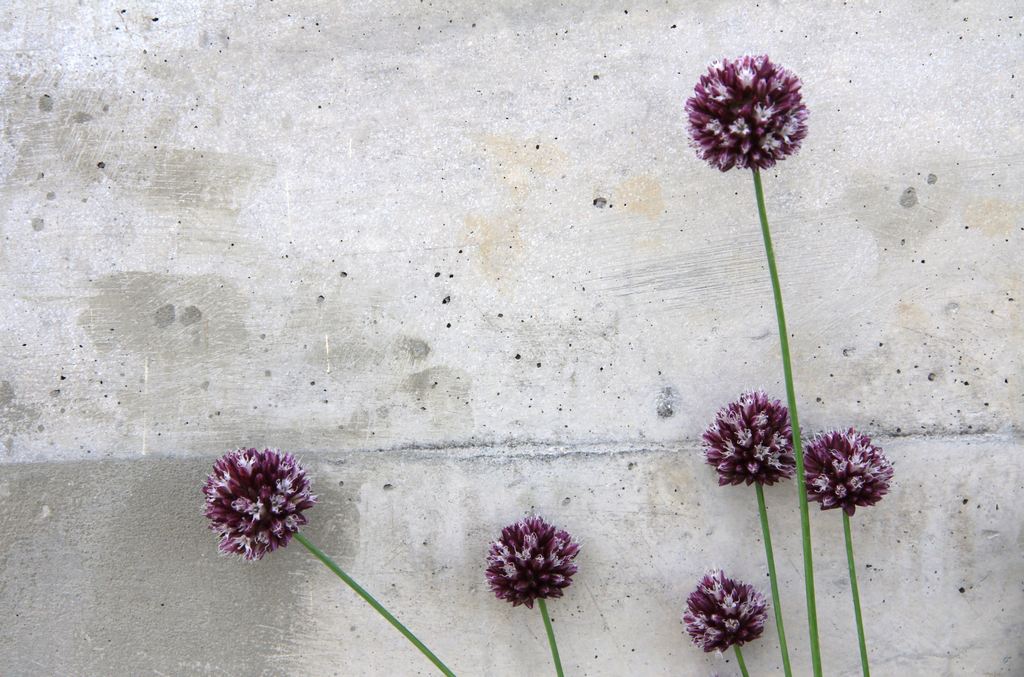Last week, I was privileged to be on the closing panel of the Improving wellbeing through urban nature (IWUN) ‘research into practice’ event, convened by Sheffield’s renowned Landscape Architecture Department. We are not short of evidence that access to nature is good for our health, but IWUN offers a much needed set of principles for implementing policies that make a difference not just to individuals but to whole communities and to the cities and towns where most of us now live. They have produced some excellent and pithy policy and practice briefings which you can find here.
Three messages are at the heart of IWUN’s findings: experiences matter, context matters, diversity and equity matter. These are related. Indeed, the relational nature of people’s experiences of urban nature stood out for me as a cross-cutting theme. Different things may matter to different people and for different reasons. Nevertheless, we access, enjoy and return to encounters with the natural world which evoke positive memories of time spent with others or in places which are or feel familiar. Significantly, IWUN found an overall positive gain for wellbeing from an exposure to diverse natural experiences, be they planned or serendipitous – parks, gardens and wild flowers, vistas and glimpses of sky, rivers and canals, street trees and birds in flight.
These findings enrich what we already know about the factors which determine sense of place or ‘place attachment’, namely contact with heritage and the natural environment. They have also enhanced my own thinking about the Putting the 5 Ways to Wellbeing in Place project which I’ve been working on with Kate Swade of Shared Assets and Daniel Raven-Ellison of London National Park City. For example, I’ve been reflecting on the fact that cities, where human populations are more diverse, can also be more biodiverse than our countryside, thus offering greater diversity of nature-based as well as social experience. These experiences may make your heart race – or time stop. They may put a spring in your step – or make you want to linger. I found myself mapping IWUN findings onto each of the 5 Ways and onto the five senses as well.
What stood out for me most was, in fact, to do with the first of the 5 Ways to Wellbeing: Connect. Usually understood as social, physical connection (through planning, design, movement) is obviously an enabler of how we come together whether for personal, work or civic reasons. Expanding on the ‘relational’ theme, IWUN makes the case for green infrastructure as social infrastructure and advocates a ‘social green network’ which is accessible, sustainable, high quality, inclusive – and animated by voluntary and community groups working alongside professionals In the same vein, London National Park City invites us to conceptualise green and blue space as the organising principle of our city – as opposed to the grey of roads and buildings.
If we think this way, it’s a small step to making connections also between urban nature and other social infrastructure, such as libraries, museums, theatres and concert halls. These are all public spaces which evoke a sense of place and of civic pride – and where people are often inspired to ‘give back’ in the form of participation or volunteering as they might do in their local park. London National Park City has challenged us to propose some ‘What ifs?’ for making life in London better, greener, healthier, wilder. Here’s one: What if all our civic buildings were connected by urban nature routes? So, not just a social green network; but a green social network as well?



